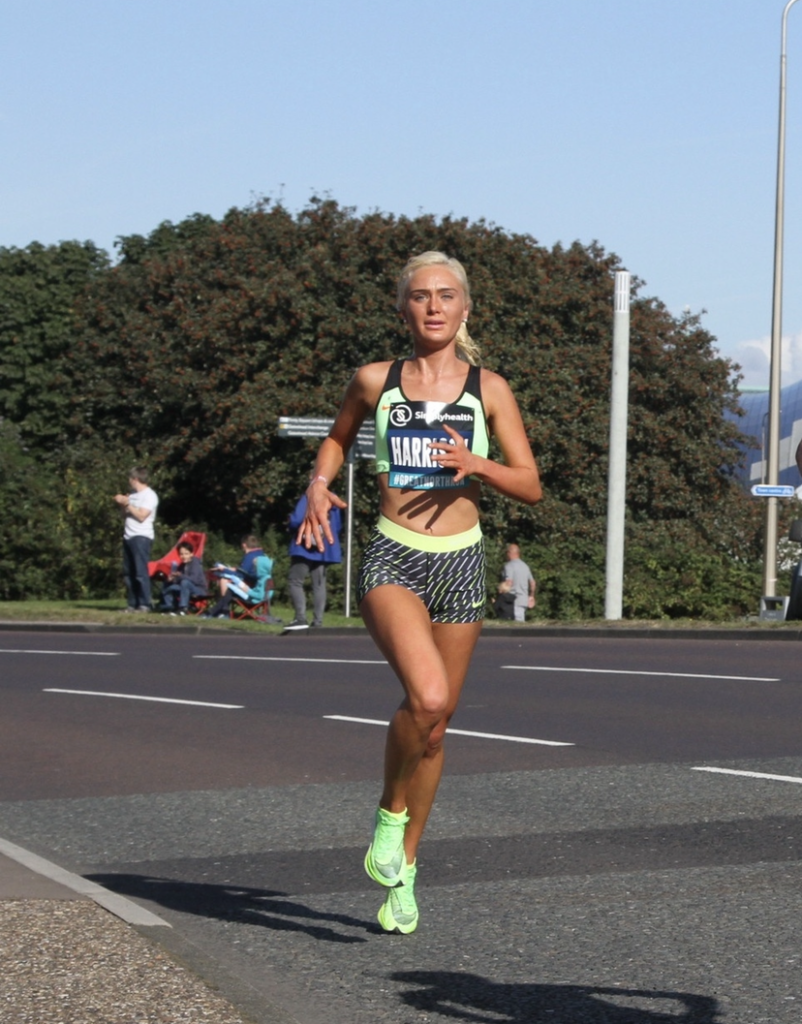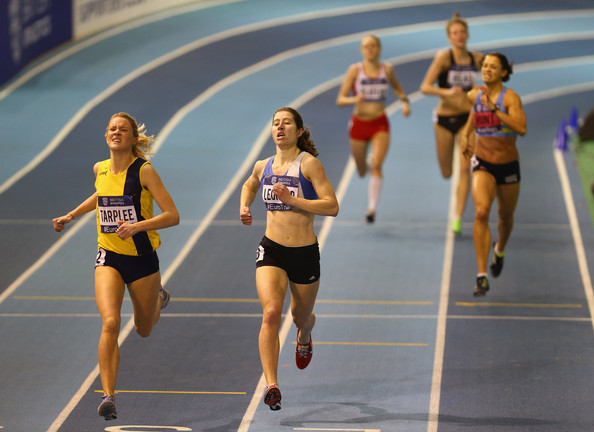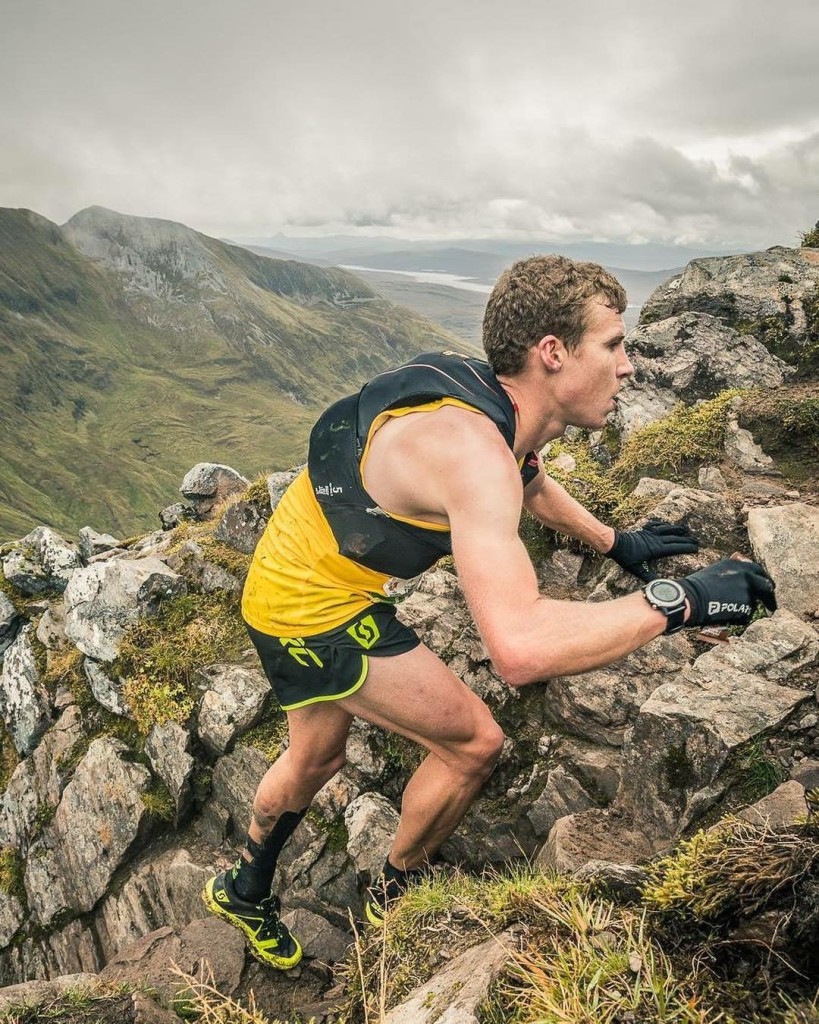The different running disciplines
Running comes in many forms and while all running is revolved around the same moment (unless you can run on your hands!) there are different variations. World Athletics, the sport’s governing body, defines six different running disciplines – road running, race walking, cross country running, mountain running, and trail running.
But we are going to add ultra running and obstacle course running to this list.
Let’s start with our new additions!
Ultra Running
An ultra run is basically anything over a marathon distance length of 42.195 kilometres (26.219 mi). The most common distances are 50 kilometres (31.069 mi), 100 kilometres (62.137 mi), 50 miles (80.4672 km), and 100 miles (160.9344 km).
There are also the Ultra, ultra runs or adventure runs which go on for 100’s of kilommeters and last days! Examples of these are races like the famed 250Km Marathon Des Sables, here are some other insane ultra runs – the toughest footraces
Obstacle Course Running
There are always new trends and ways to make exercise interesting and fun. One such trend today is obstacle course racing (OCR). The most popular OCR events among novice and intermediate athletes currently are the Tough Mudder, Spartan Sprint, and Warrior Dash.
OCR is a race over a given distance with obstacles such as climbing over walls, carrying heavy objects, traversing bodies of water, crawling under barbed wire, and jumping through fire. Many obstacles are similar to those used in military training, while others are unique to obstacle racing and are employed throughout the course to test endurance, strength, speed and, dexterity.
Track
This is the most popular segment in international competition. A variety of running events are held on the track which fall into three broad distance categories:
Sprints – 60m, 100m, 200m, 400m
Middle Distance – 800m, 1,500m, 3,000m
Long Distance – 5,000m, 10,000m
Hurdles – 60m, 100m, 110m, 400m, and the 3000m Steeplechase
Road Running
The most popular discipline by far in terms of global participation is standard road running. Road racing events can be of virtually any distance, but the most common and well known are the marathon, half marathon, 10 km and 5 km.
Trail Running
Trail running can be an exhilarating experience and most who try it never go back. You are out in the fresh air, away from traffic and get to run an all types of surfaces. The nature of trail runs means hills too so in exercise terms you get a better all over workout.
Trail running generally is like a mix between cross country and mountain running and usually takes place on hiking trails, often in mountainous terrain, where there can be much larger ascents and descents. Distances vary widely, and ss most Ultra runs are on trail distance can be 100km +. But generally races are from 5 km to the ultra marathon distance of 50km.
Cross Country Running
Cross country is the most natural of the running categories as competitions take place on open-air courses over surfaces such as grass, woodland and trails. Competitions and races are typically long distance races of 3 km or more which are usually held in autumn and winter.
Mountain Running
This running discipline takes place off-road on mountainous terrain. Mountain running is a combination of running, jogging, and walking, depending on how steep the trail is. Similar to Ultra Running (which can often involve mountains) races can go on for days and last 100km +. But mainly mountain running races are between 20 and 45km.
Choosing the right running gear
Race Walking
Race walking is a long-distance discipline and although it is a foot race, it is different from running in that one foot must appear to be in contact with the ground at all times. Races are usually held on roads but mostly running tracks, common distances range from 3,000 metres (1.9 mi) up to 100 kilometres (62.1 mi).
For all the latest sports news follow PledgeSports on Facebook, Twitter, and Instagram.




